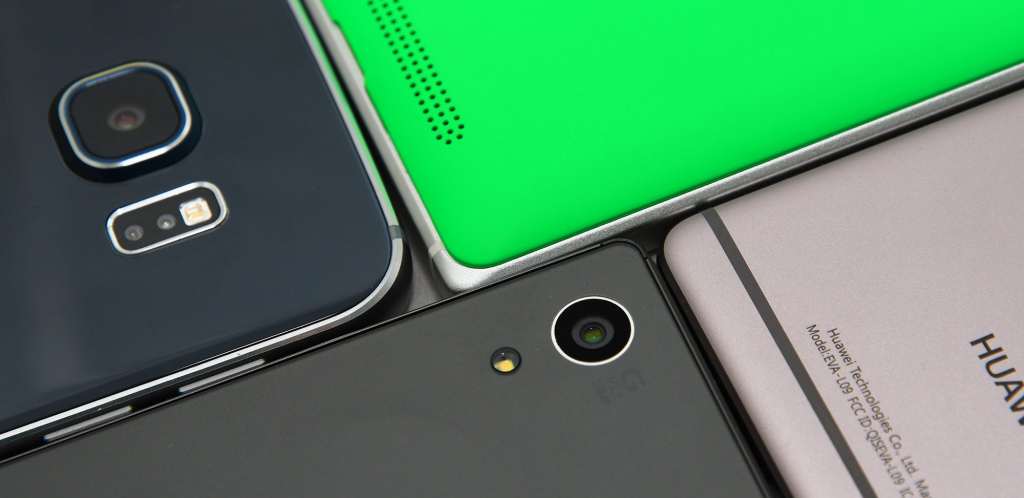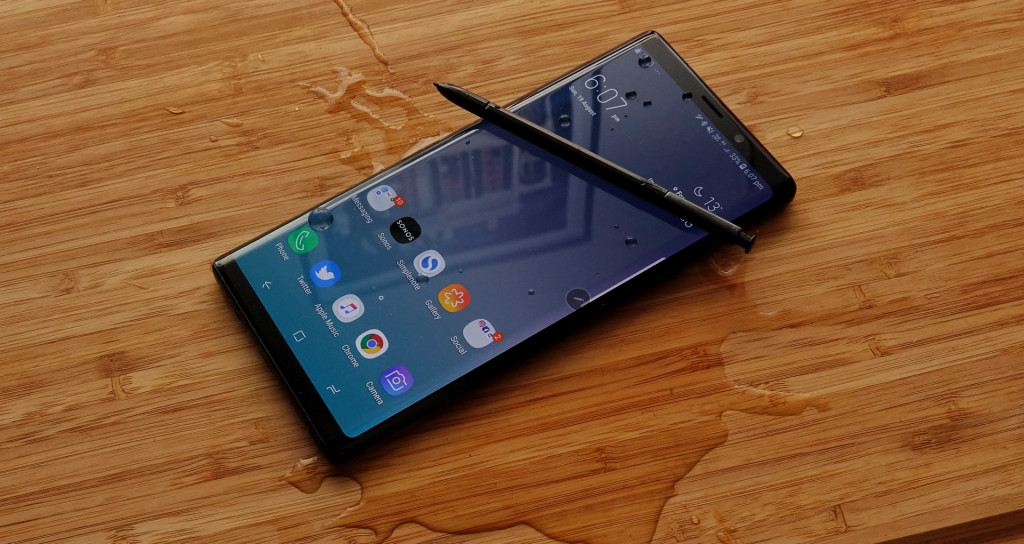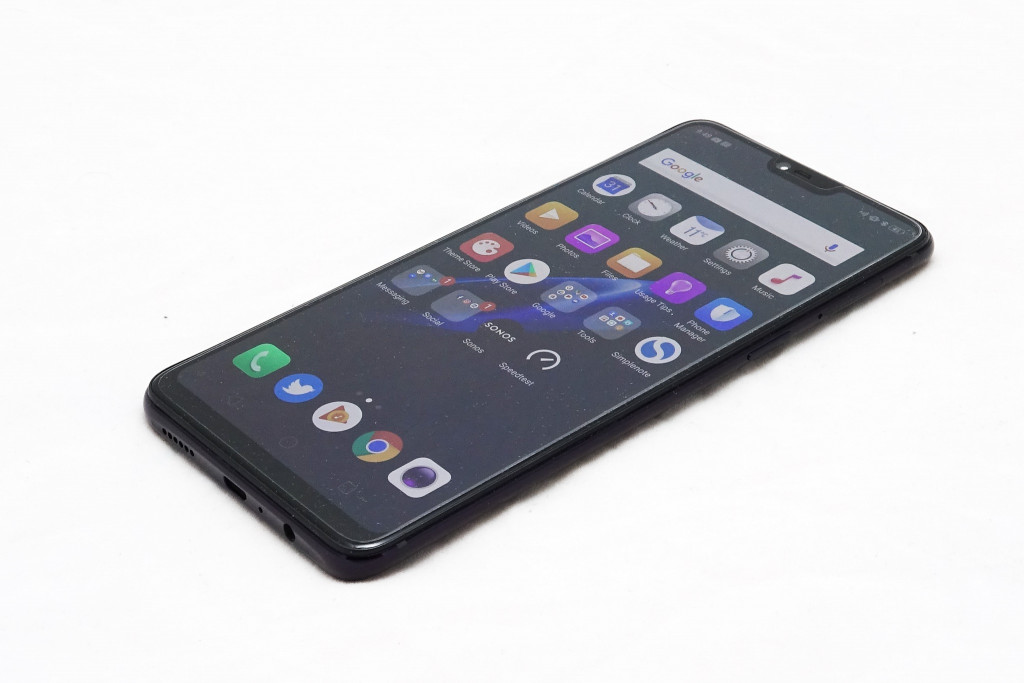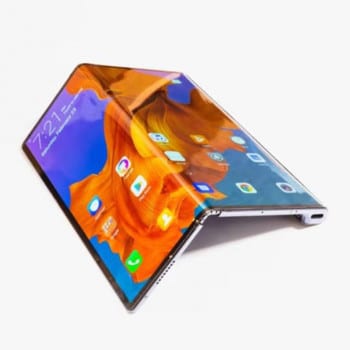We all have phones, and for the most part, they all largely look the same: big touchscreens with a camera or two on the back. But this year, mobile makers are dabbling once again, and that’s good news all round.
For a long time, mobile makers have largely been borrowing a page from each other. There were differences in the features and the prices, but outside of the cameras, there wasn’t much to separate them.
Take the specs: almost every phone not made by Apple, Samsung, or Huawei relies on some variant of the Qualcomm Snapdragon, and uses a pretty familiar spec sheet. The high-end flagship phones use the 8xx series, the mid-range models sit around the 6xx series, while the budget options drop back to the Snapdragon 2xx or 4xx chips, sometimes switching them out for something made by MediaTek. It’s become so consistent, we can usually guess what the performance is going to be like on specs alone, even though we still put every phone we review through the ringer to find out.
There’s also the design, because while this has changed over the past couple of years to be pretty much one big screen, even before that happened, the look was largely the same. There were screens with buttons below, usually three, and now there are phones without buttons below.
Smartphones are largely just big touchscreens with a set of cameras on the back, and these days, the cameras either sit along the left edge going down like an iPhone, dead centre across like Samsung, or in a centred square or circular configuration like Huawei or Motorola.

We know there are only so many ways to do it, and in fairness, most companies want something to sell, so they’re going to follow suit from companies that have made success. Oppo’s reinvention of itself came when it started to make low-cost iPhone clones, and now that it has established itself, the company is making devices that are more indicative of its own direction.
Yet by and large, smartphone makers have tended to be the same ol’ same ol.
But it hasn’t always been this way. Back in the good ol’ days before the age of the smartphone, companies actively experimented.
Back to the Nokia days
Before Nokia was a smartphone company and HMD Global made its phones, it really played around. In fact, it wasn’t just Nokia, but every major mobile manufacturer, of which there were only a handful.
There was Nokia, there was Motorola, and even Ericsson which later become Sony Ericsson when Sony joined forces before just becoming Sony.
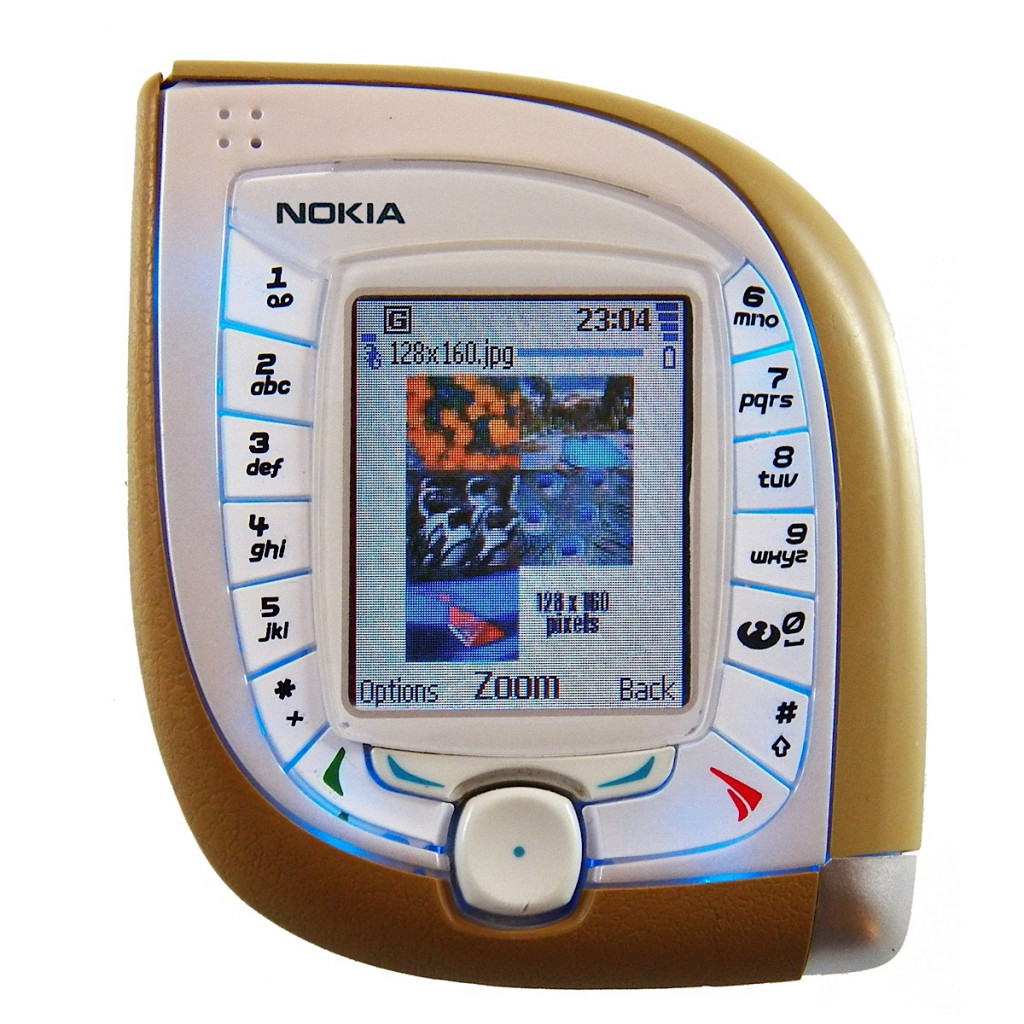
Nokia seemed to be the most playful, building devices that looked like teardrops, rotary phones, and fashionable slide phones that even made their way into movies like “The Matrix”.
It even made a sort of video game console, and while we don’t think anyone will regard the Nokia N-Gage as a success, it did create a style of phone use called “side-talking” that people with iPhones may inadvertently use today when they hold their phones out to the side of their head. Yes, that has history.

Motorola made one of the most popular flip phones of all time — the steel-etched keypad-based Razr — and it even had the world’s first technical iPhone, joining forces with Apple to build the Rokr E1, a phone that worked with iTunes. Seriously.
These were the years before 2007, before Apple launched the iPhone, and before smartphones changed. They were the times when smartphone makers dabbled and played and experimented with what we used.
And then everything stopped.
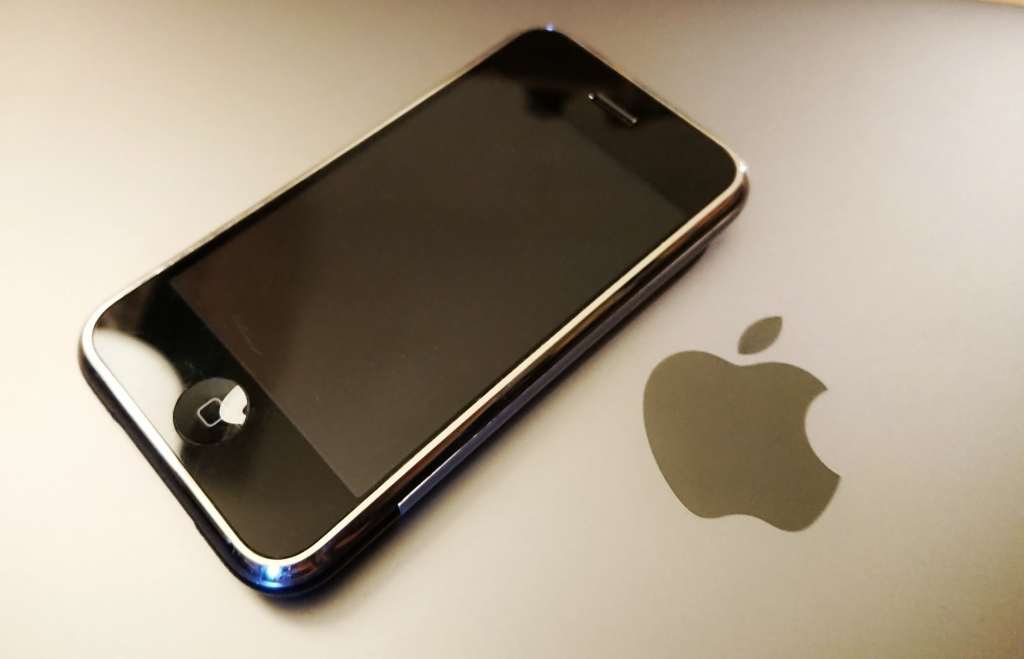
How do you beat the iPhone?
Everything stopped being playful the moment phone makers asked one question: how can we topple the iPhone?
Like the old adage says, “if you can’t beat them, join them”, that’s kind of what happened. Most phones makers started developing phones that borrowed aspects of the iPhone, or tried to push on past it.
Without reciting the past decade of mobile history, the result is that some phone makers have equaled Apple in what they can do, finding and cementing their ideas in the process.
Samsung became known for its Galaxy S and Galaxy Note, the latter being the first truly big successful phone, complete with a stylus. It’s a category Steve Jobs never thought to enter, famously declaring that no one would ever buy a big phone, which Apple eventually followed after Samsung’s Galaxy Note saw tremendous popularity.
Huawei has become known for photography, thanks in part to collaborations with camera company Leica, producing phone camera designs that constantly lead the main camera scoring system found online, DxO Mark, even into the years that follow.
Google started making its own phones to showcase the best way to do Android, Sony made some of the first water resistant phones, Oppo made some of the best budget phones, and Motorola built something modular allowing its phone handsets to expand.
But you know what? They all largely look the same: they’re a block with a touchscreen on the front and a set of cameras on the back.
The design hasn’t changed much, and that mould hasn’t really been broken.
Until now, that is.
Convergence
For the longest time, your phone has been doing jobs its product category was never really intended to do.
It’s called a “phone” implying voice communication as a telephone, and yet it does so much more, converging other technologies and putting other gadgets out to pasture.
Do you know many people who still carry around a Walkman, a portable CD player, or an iPod? We bet the answer is not many, and that’s because the technology has converged, and now exists in your phone.
How about carrying a simple walk around compact camera? You know people used to do that, right? We’re not talking something more advanced, because most phones can’t replace a more complex camera, but now that we’re all focused on the high-end cameras in smartphones, we don’t need a simple camera, because our phones have it. And pretty soon, we might not need an advanced camera to get closer. Crazy times.

In fact, convergence for smartphones has meant you might not need a calendar to take down events in, a calculator to do simple or complex sums, or even an step tracker for walking, because many phones can do that in the background too (provided you keep the phone on you).
Our phones do so much, and for many of us, they’re even replacing computers.
We’ve spoken to a good assortment of individuals who mostly rely on their phone, using a computer at work, while their phone handles their lives at home. And that’s totally fine, because these things are powerful computers, too.
Sometimes, they might have a tablet for things, and given that’s basically a portable computer today, that makes sense, but the tablet is about to be the next converged technology based on what we’re seeing, and it’s where smartphone makers get experimental again.
Convergence meets crazy
There’s little doubt that the big phone has eroded the tablet audience, and there’s a good reason why: when you have a big phone, you may not need a tablet, as they can be similar. A 6 inch device isn’t far off the mark from an 8 inch device, and while bigger tablets are replacements for laptops, smaller tables aren’t as needed when your phone can do that job.
But what if your phone was the tablet?
That’s where the foldable phone comes into play, offering a phone that folds out from a smaller size of a phone into a slightly bigger tablet.
It’s a technology that means you can have both the phone and the tablet in the one device, because you might not need the larger screen all the time and so you can use a smaller phone, and then when you need the bigger tablet design, it’s there, too.
It’s the height of convergence with just a hint of crazy, and it begins in 2019.
The first three makers to get it are Samsung, Huawei, and Royole, the latter of which you’ve probably never heard of because it doesn’t have products in Australia, or much of the Westernised world.
So you might be looking at Samsung and Huawei first, as both of those have announced foldable products meant coming this year, each with their own playful features.
Samsung’s Galaxy Fold has a smaller screen on the outside that folds open a bigger screen, and offers a lot of cameras to let it do both the job of a phone and a tablet.
Huawei’s Mate X is two 6 inch screens that fold flat to make a larger 8 inch tablet, with one set of cameras that can be used either for selfies or for regular cameras.
Both are phones and tablets in the same unit, and they mark the beginning of the foldable revolution, developing devices that don’t look like an ordinary phone, and allow phone makers to flex that creative muscle once more.
It’s a start we’ve been looking for, and signals a new beginning when phone makers get playful again.
The catch is obviously going to be price, because as expected, the new technology, material, and hinges that help make this playfulness happen won’t be cheap.
But it is a good sign, and one that means you won’t necessarily have to have the same device as everyone else. Instead, you can have something that looks a little different and works differently, too.



